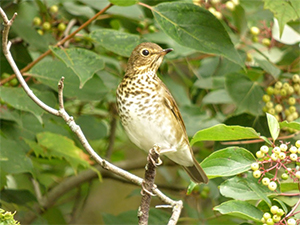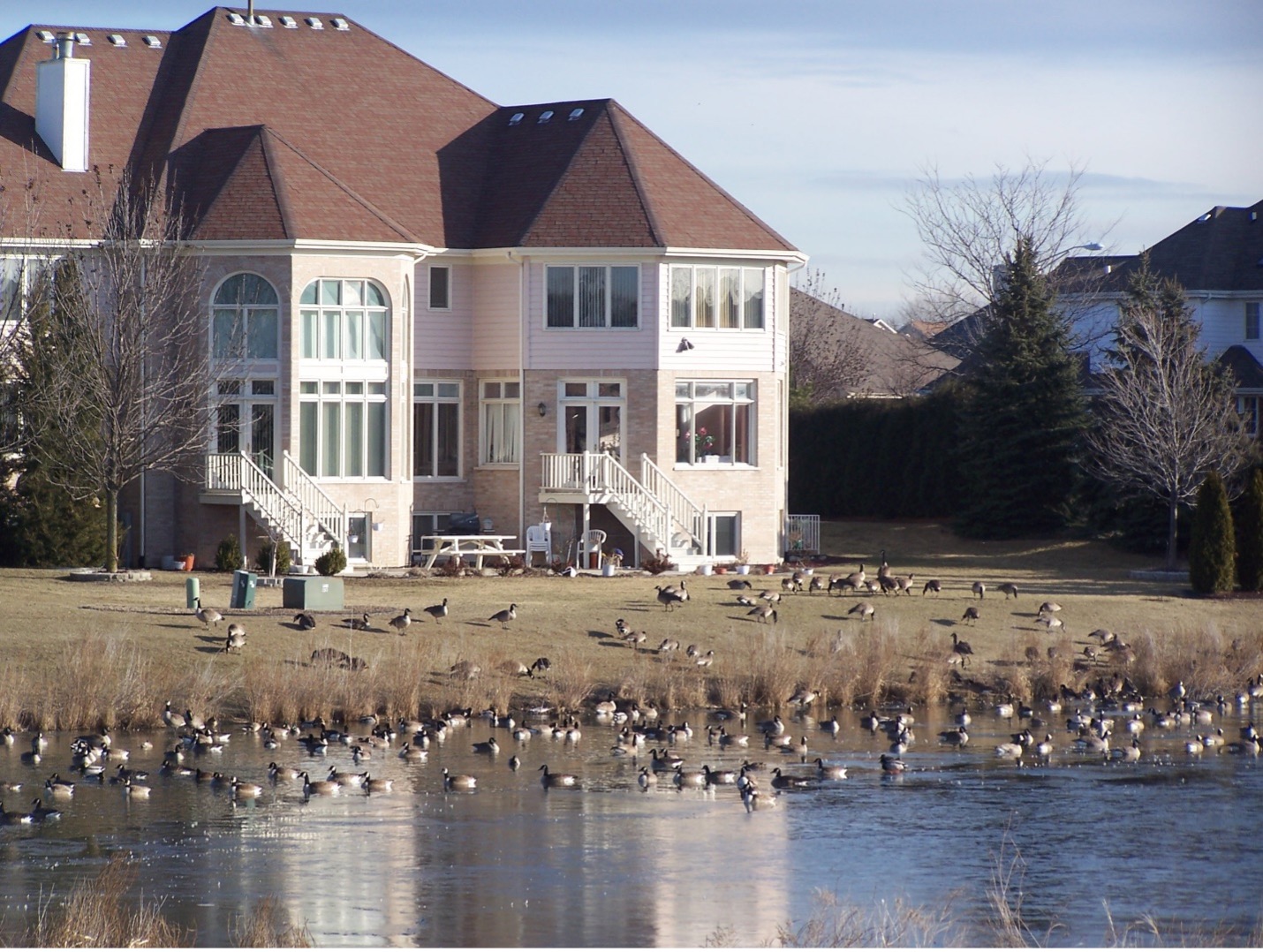Bird Migration: How Does Weather Affect It?
Sep 20, 2022
Birds are incredibly tough and versatile creatures. Their ability to fly thousands of miles in a few short weeks is nothing less than incredible. The flight paths and migration patterns of birds not only impact the ecosystems of the environments they inhabit, but it also impacts their interaction within urban settings.
During migration, birds deal with all sorts of risks and dangers, including changing paths due to wildfires and flying over cities, lakes, forests, and deserts — all to end up in a safe place to spend the winter. However, the biggest factor in migration is the weather.
Good or Bad: Weather Makes a Huge Difference in Bird Migration
Temperature:
Temperature greatly impacts the behavior of birds and is a driving factor in whether birds stay – or go. Here are a few examples:
- Cold snaps can spark millions of birds to move in search of warmer weather and food. Birds that rely on insects and nectar may starve if their food source diminishes due to a sudden, unseasonable freeze.
- Conversely, unseasonably warm weather can have birds hanging around. Some species, like many waterfowl, will only migrate as far as they can find open water and food. If lakes and rivers stay ice free and warm, they may stick around much longer.
Storms:
Storms can cause major changes to bird migration routes and seasonal pattern, including:
- A large thunderstorm can divert or blow birds hundreds of miles off course, or force them to hunker down, congregate, and stay put for days longer than usual. Birdwatchers keep a close eye on storms and which direction they are blowing to see when the best time to see migrants is!
- Snow storms can severely reduce food availability, causing birds to fly further south than they normally would.
Wind:
- High winds force birds to fly at different altitudes, or hunker down for shelter, sometimes within offices and other large structures.
- Winds may blow birds off course, pushing them into new, unfamiliar environments.
Clouds:
- Some birds, such as warblers, thrushes, or buntings, navigate by the stars, and won’t move during cloudy nights.
How does this impact our clients?
Goose migration can be set off by a cold snap up north, leading to hordes of geese arriving seemingly overnight, invading both personal and commercial property and potentially causing problems.

Additionally, storms can cause songbirds to congregate, leading to mass mortality events for window collisions, particularly within urban areas with multi-story buildings.

At Migratory Bird Management, we closely monitor bird migration patterns, weather, and other natural disasters – such as wildfires – that can impact bird behavior. You can rest assured that our team keeps a close eye on the weather, not just in our area, but beyond, so that we can be prepared for anything that may impact migration and our client properties!
Contact us to learn more about bird migration and management




 0
0
